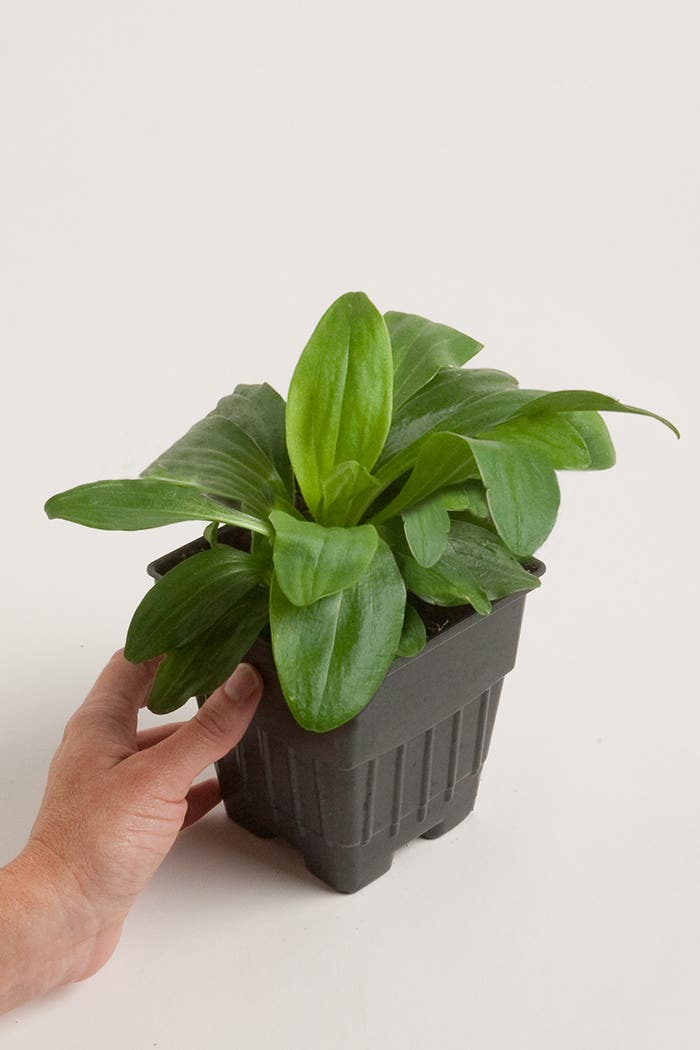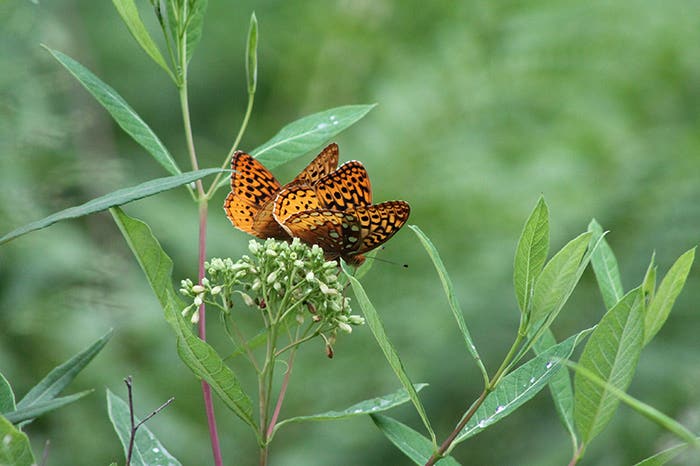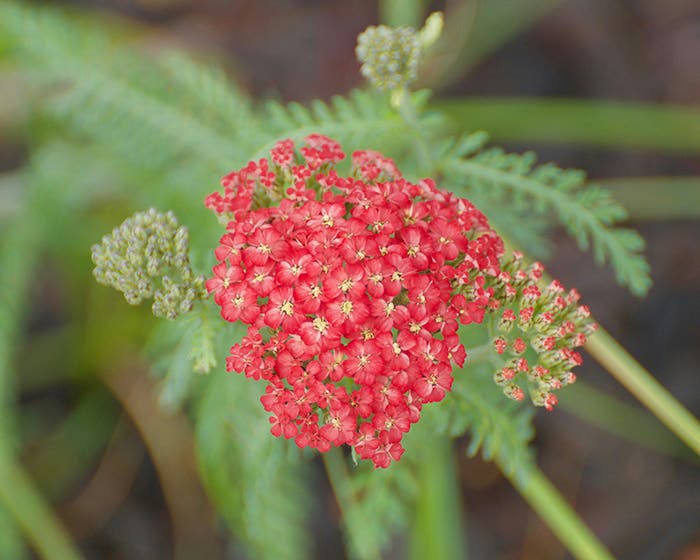Dragonflies, Skimmers and Damselflies in the Garden
Learn about these beneficial insects.
Dragonflies and damselflies are widespread across the United States and can be enticed to visit most yards. There are even species adapted to desert areas of the Southwest. Dragonflies and damselflies rely on bodies of water for reproduction; adults lay eggs in the water or on plants at its edge, and the nymphs that hatch from the eggs live under water for months or years before they mature and fly. Although these insects tend to stay close to their birthplace, they are strong fliers that will explore surrounding lands and some will move to new territory. That's why even if you garden only remotely near fresh water or a wetland, the right adjustments can lure dragonflies to reside in your yard.
Differences between dragonflies and damselflies
There are several differences between dragonflies and damselflies at all stages of their lives, but their behavior and benefits are much the same. The easiest way to tell if you're looking at a dragonfly or a damselfly is to wait until it perches and see how it holds its wings. Dragonflies rest with their wings held open, while damselflies fold their wings back over their abdomens while at rest. Dragonflies are sometimes also called skimmers.
The benefits of dragonflies and damselflies
Why would you want to bring dragonflies and damselflies to your garden? They're fun to watch, for one thing, but they also play an important role. They are excellent predators of other insects, including mosquitoes and beetles. They have excellent eyesight and they're supreme fliers, being both fast and nimble in the air. They often snatch their prey while in flight and devour it without even landing. Dragonflies and damselflies themselves are a food source for various birds. Dragonflies and damselflies don't sting or bite people.
How to attract dragonflies and damselflies
Dragonflies need water, so installing a pond or pool is one surefire way to attract them. Even a small water feature—the size of a kiddie pool—or a potted water garden in a whiskey half barrel can do the trick. Dragonflies fly best when warm, so put your water feature where it will receive sun at midday. They appreciate rocks in and around the water and throughout the garden, on which they can bask and warm themselves. Dragonflies also need perches from which they can scan the skies for prey. Shrubs and grasses at the water's edge provide perches. A pond should have some plants growing in it where the nymphs can hide and hunt. Avoid adding fish since these would prey on the nymphs.
Even without adding a water feature you can lure dragonflies to your garden if you live in proximity to a body of freshwater, or if you have a naturally boggy area in your yard. Wandering adults will explore the surrounding lands and they can fly quite far. Provide basking rocks and twiggy shrubs and tall perennials for them to perch on. Bare bamboo stakes are good perches for dragonflies, too.
Image credit: Jeffrey Hamilton/Unsplash







